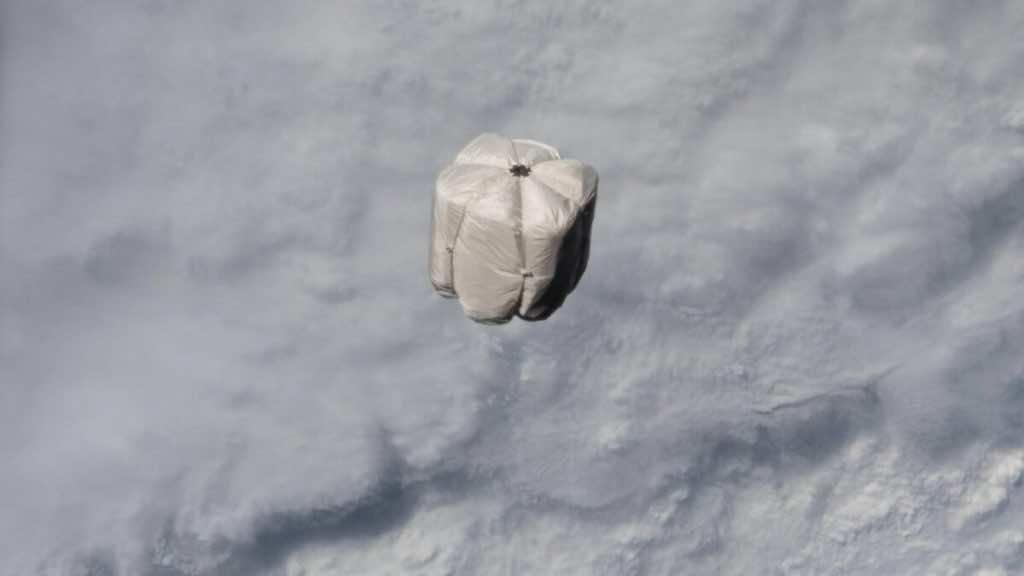The ISS has finally explored a new way to dump the trash from space stations, which is more efficient and sustainable than the previous one. Nano Rocks, a privately held space-based company in Houston, has broken ground with the successful completion of a new waste disposal system for space. The company has brought into action a “special waste container” which has a capacity to withstand around 600 pounds of waste that is stored in the “bishop airlock” module of the International Space Station (ISS). As soon as the waste disposal bag is emancipated from the airlock component, it will start burning on its entry into the atmosphere, and hence the waste vanishes completely. Moreover, this new system is based on the “Nanoracks Cubesat Deployer (NRCSD) and SmallSat (Kaber) deployers.”
According to Dr. Amela Wilson, who is the CEO of Nanocracks, “This successful test not only demonstrates the future of waste removal for space stations but also highlights our ability to leverage the ISS as a commercial technology testbed, which provides critical insights into how we can prepare for the next phases of commercial LEO (low Earth orbit) destinations.” However, before the introduction of this system, the ISS had to store the waste in its specified compartments for months, which was then collected by the astronauts until the “Cygnus cargo vehicle” reached there and processed it further.
The company assessed the credibility of this newly devised system by collaboration with NASA’s John Space Centre, in which 172 pounds of dump material were being tested, which contained “foam and packing materials, cargo transfer bags, dirty crew clothing, assorted hygiene products, and used office supplies.”
As per Cooper Read, who is a Bishop Airlock program manager at Nanoracks, “Waste collection in space has been longstanding, yet not as publicly discussed, challenge aboard the ISS. Four astronauts can generate up to 2,500 kilograms of trash per year or about two trash cans per week. As we move into a time with more people living and working in space, this is a critical function just like it is for everyone at home. “
Hence, this is a very reliable ejection system for waste disposal from the International Space Station as it will considerably reduce the time and other parameters deployed by astronauts to burn up the trash on its re-entry into the atmosphere.

